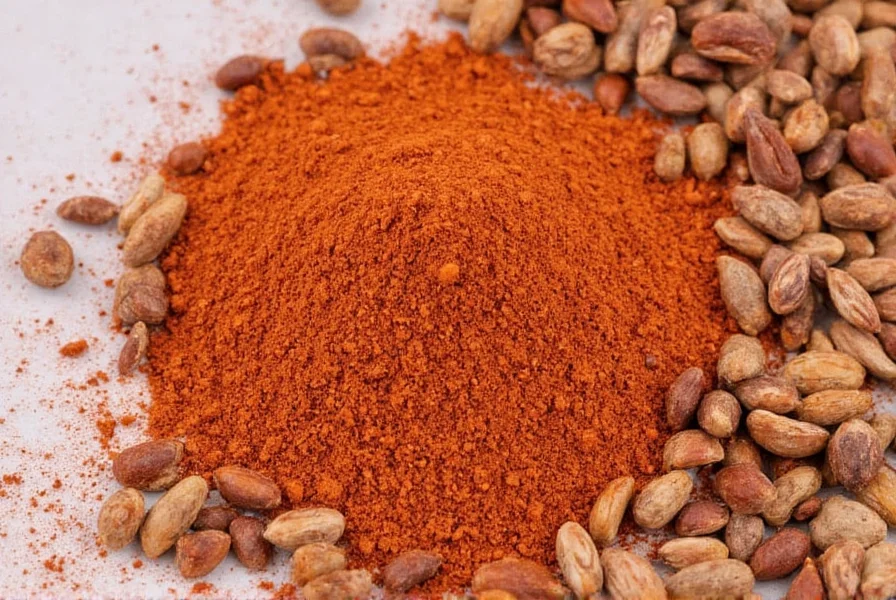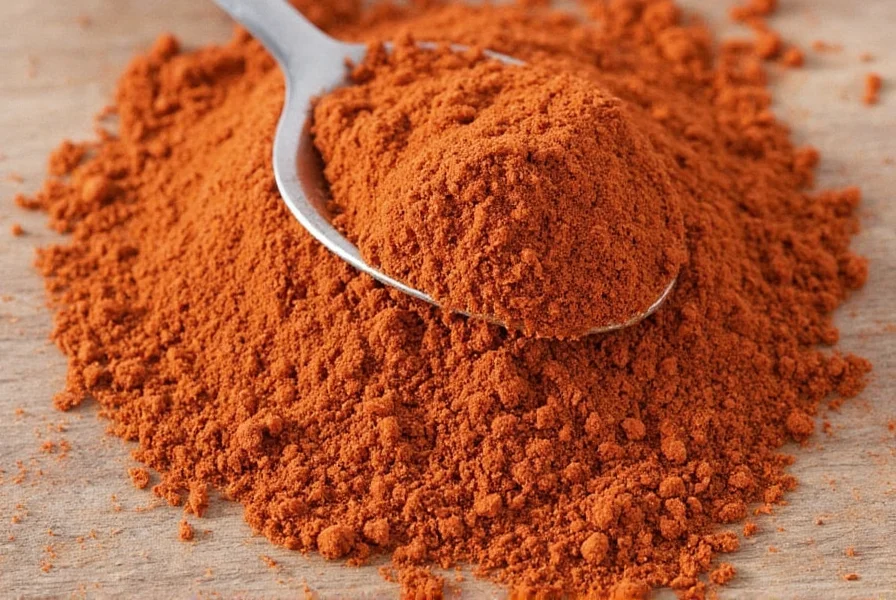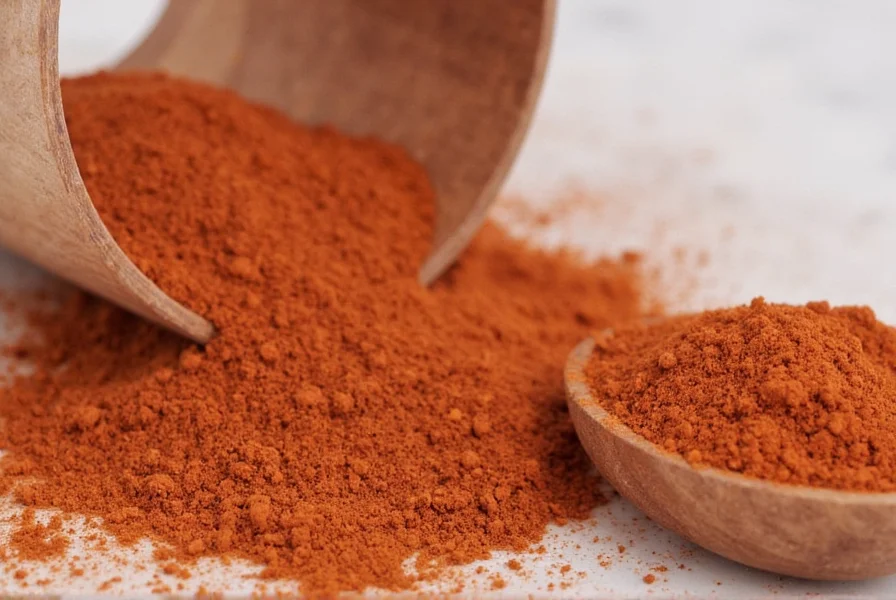Creating your own homemade chili powder transforms ordinary dishes with vibrant, fresh flavors that store-bought versions simply can't match. Unlike commercial blends that often contain fillers and lose potency over time, freshly made chili powder delivers intense aroma and complex taste profiles you can customize to your exact preference.
Why Make Your Own Chili Powder
Commercial chili powders typically contain anti-caking agents and lose their volatile oils within months of production. When you make chili powder from scratch, you control every element—heat level, smokiness, and additional spices. This homemade chili powder recipe yields a product with noticeably brighter flavor and deeper aroma that elevates everything from tacos to stews.
Essential Ingredients for Perfect Chili Powder
The foundation of exceptional chili powder is high-quality dried chilies. Consider these varieties based on your desired heat and flavor profile:
| Chili Variety | Heat Level (SHU) | Flavor Profile | Best For |
|---|---|---|---|
| Ancho | 1,000-2,000 | Fruity, raisin-like, mild smoke | Tex-Mex dishes, mole |
| Guajillo | 2,500-5,000 | Berry-like, tangy, moderate smoke | Salsas, marinades |
| Cayenne | 30,000-50,000 | Sharp, bright, clean heat | Adding pure heat |
| Chipotle | 5,000-10,000 | Smoky, earthy, medium heat | BBQ rubs, chili |
Step-by-Step Guide to Making Chili Powder
1. Selecting and Preparing Chilies
Choose pliable, deeply colored dried chilies without mold or excessive brittleness. For a balanced chili powder from scratch, combine 2-3 varieties. Remove stems and shake out seeds (keeping some seeds increases heat). Tear chilies into 1-2 inch pieces for even drying.
2. Proper Drying Techniques
Even 'dried' chilies often retain moisture. For optimal grinding:
- Oven method: Spread chilies on baking sheet, heat at 200°F (95°C) for 15-20 minutes until brittle
- Dehydrator: 115°F (46°C) for 2-3 hours
- Sun drying: 2-3 days in direct sun (not recommended in humid climates)

3. Grinding to Perfect Consistency
Use these techniques for the finest powder:
- Spice grinder: Pulse in small batches (1/4 cup) for 30-60 seconds
- Mortar and pestle: Grind in circular motions, working from center outward
- Coffee grinder: Dedicate an old grinder exclusively to spices
Sift through a fine mesh strainer, returning coarse pieces to the grinder. Properly processed chili powder how to should pass through a 100-mesh sieve.
4. Optional Flavor Enhancements
For complex flavor profiles, toast whole spices before grinding:
- Classic blend: 3 parts ancho, 1 part cumin seeds, 1/2 part garlic powder
- Smoky version: 2 parts chipotle, 1 part smoked paprika, 1/4 part oregano
- Heat-forward: 2 parts cayenne, 1 part arbol, 1/2 part Mexican oregano
Storage and Usage Tips
Store your homemade chili powder in an airtight container away from light and heat. Properly stored, it maintains peak flavor for 3-4 months (vs. 6 months for commercial blends). For extended freshness, keep in the freezer where it retains quality for up to a year.
Use your chili powder from dried chilies immediately in these ways:
- Season meats before searing
- Mix with oil to create flavor-infused finishing oil
- Add to dry rubs for enhanced adhesion
- Stir into soups during last 10 minutes of cooking
Troubleshooting Common Issues
Problem: Powder clumps or has inconsistent texture
Solution: Chilies weren't completely dry before grinding. Return to oven at 175°F (80°C) for 10 minutes and regrind.
Problem: Flavor seems flat or one-dimensional
Solution: Add complementary spices like toasted cumin seeds or a pinch of cocoa powder during grinding.
Problem: Heat level too intense
Solution: Blend with milder chilies like ancho or New Mexico varieties in a 3:1 ratio.

Regional Variations to Explore
Traditional how to make chili powder authentic methods vary by region:
- Mexican style: Pure single-variety powder (ancho, guajillo, or pasilla)
- Texas style: Blend of cayenne, New Mexico, and a touch of garlic powder
- New Mexico style: Primarily New Mexico chilies with subtle oregano notes
- Spanish style: Ancho-based with smoked paprika and cumin
Frequently Asked Questions
Can I make chili powder without a spice grinder?
Yes, you can make chili powder without specialized equipment. First, ensure chilies are completely dry and brittle. Use a mortar and pestle with firm circular motions, working in small batches. For finer results, place dried chilies between two clean kitchen towels and roll firmly with a wine bottle or rolling pin, then sift through a fine mesh strainer. This how to grind dried chilies without grinder method requires more effort but yields acceptable results.
How do I adjust the heat level in homemade chili powder?
Control heat by adjusting seed content and chili varieties. For milder powder, remove all seeds and veins (where capsaicin concentrates). For medium heat, keep 25-50% of seeds. For extra heat, include all seeds and add hotter varieties like arbol or cayenne. Blend milder chilies (ancho, New Mexico) with hotter ones in ratios like 3:1 or 2:1. Remember that heat perception develops over 10-15 minutes, so taste test after resting.
Why does my homemade chili powder taste different from store-bought?
Commercial chili powders often contain fillers like flour or anti-caking agents and may use older chilies that have lost volatile oils. Your homemade chili powder vs store bought will naturally taste brighter and more complex because you're using fresher ingredients without additives. Commercial blends also standardize flavor across batches, while homemade varies with chili harvest and drying conditions. Embrace these variations as signs of authentic, artisanal quality rather than inconsistencies.
Can I make chili powder from fresh chilies?
Yes, but you must dry fresh chilies first. Slice chilies lengthwise, remove seeds if desired, and dry using a dehydrator (135°F/57°C for 8-12 hours), oven (lowest setting with door ajar for 6-8 hours), or air drying (2-3 weeks in dry climate). Properly dried chilies should snap when bent. Never attempt to grind fresh chilies—they contain too much moisture and will create a paste rather than powder. This making chili powder from fresh peppers process requires patience but yields excellent results.











 浙公网安备
33010002000092号
浙公网安备
33010002000092号 浙B2-20120091-4
浙B2-20120091-4